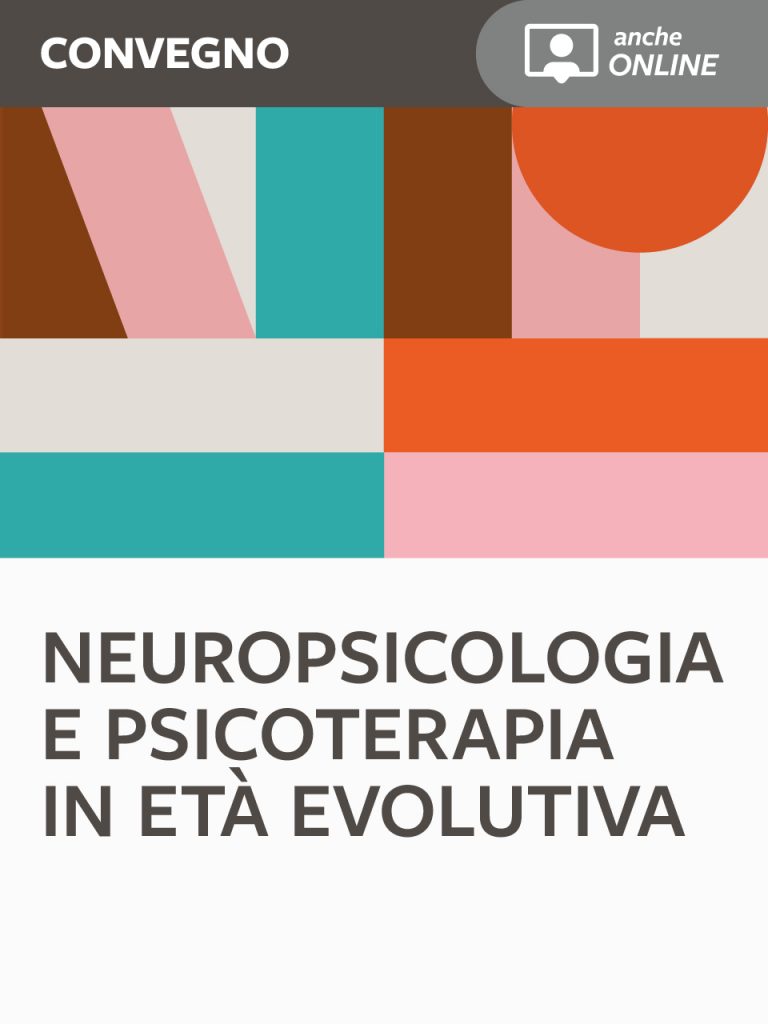Textual structure in aphasic speakers’ narratives
Beatriz Gallardo-Paúls
The bibliography on language and brain damage investigates how speakers suffering from brain damage, both those with aphasic damage and those damaged in the right cerebral hemisphere, construct their texts, paying special attention to narrative outlines. Using a collection of recordings of speakers with aphasic damage from the group PerLa (Perception, Language and Aphasia), we analyse how these speakers formulate texts and develop texts on a more general level. We analyse how they adapt the core parts of a text, but also how appropriate the different elements of the text are in terms of cognitive relevance, by using the notions of prototypicality and syntactic iconicity; we believe that both concepts are highly relevant for the explanation of certain characteristics traditionally associated with agrammatism, such as occurs for example with the choice of grammatical subjects or the loss of information. Aphasic narrative text shows evidence of the handling of narrative superstructures and of the presence of the three informative levels (descriptive, agentive and evaluative); cohesion and coherence errors manifest the interdependence between grammar and pragmatics, and can be explained with cognitive linguistic theories.
Keywords
Aphasia, Pragmatics, Text structure, Discourse analysis.

